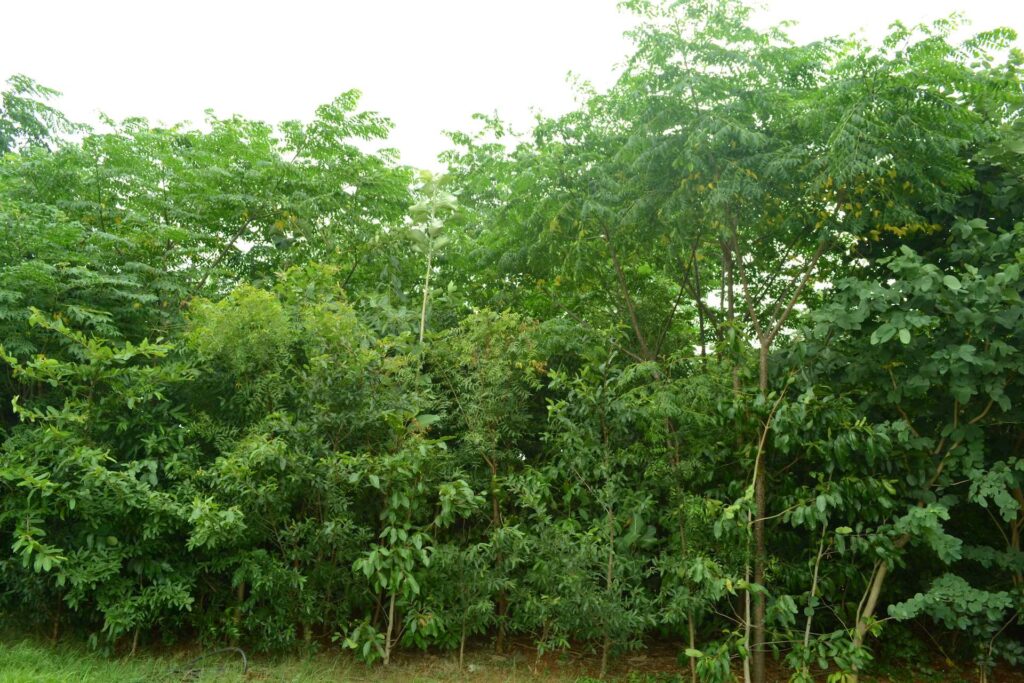
What drives us from within is our will to be the change we want to see in the world.
One such story is of a man named Shubhendu Sharma, who left his high-paying job as an engineer to plant trees for the rest of his life. The man using his unique Miyawaki methodology to grow saplings, converts any barren land into a self-sustainable forest in couple of years.
The change began when Sharma along with naturalist, Akira Miyawaki, went to cultivate forest at Toyota plant; he was impressed with Miyawaki’s technique which had regenerate forests from Thailand to Amazon, and decided to replicate the model in India.
He started to experiment with the model and came up with an Indian version after making slight modifications to the strategy. His first attempt with making forests was in his own backyard in Uttarakhand, where he successfully grew a lush green forest within a year’s time.
The success gave him confidence and he decided to launch it as a fulltime initiative. He quit his job and spent almost a year to do further study and research on the methodology. After much planning, research and enthusiasm, Sharma started Afforrestt, an end-to-end service provider for creating natural, wild and maintenance-free, native forest in 2011. He was clear on his terms and wanted his business to a for-profit organisation.
Joining step with step, Sharma has now successfully started his team of 6 that operates from Bangalore. Initial troubles with finding market and dealing with the dynamics of business environment were solved to some extent when Afforrestt received its first order by a German furniture-maker to plant 10,00 trees. Besides, to develop a better understanding, here is how Afforestt works:
Firstly, it provides the end-to end services, providing complete project execution and management services, which includes arrangement of labour, material, equipment, tools and facilities required to execute an afforestation project using the Miyawaki Method.
Afforestt works in two ways:
The second way is providing project management, on-site consulting and software support. The execution of the process starts with doing a soil survey and finding out what elements does the soil lack. The minimum land size requirement for the same is 1,000 sq. feet. After the survey, saplings are prepared in the nursery and soil is mixed with biomass to make it more fertile.
Finally, the process of planting 50 to 100 varieties of native species at a density of 3-5 sq. m. starts. The last part involves only watering and weeding the areas for the next two years, after which the forest becomes self-sustainable.
The story clearly proves how motivation and commitment can change the world.
Published by Amit Khurana, crossbarriers.org

Pics courtesy: https://www.afforestt.com/
